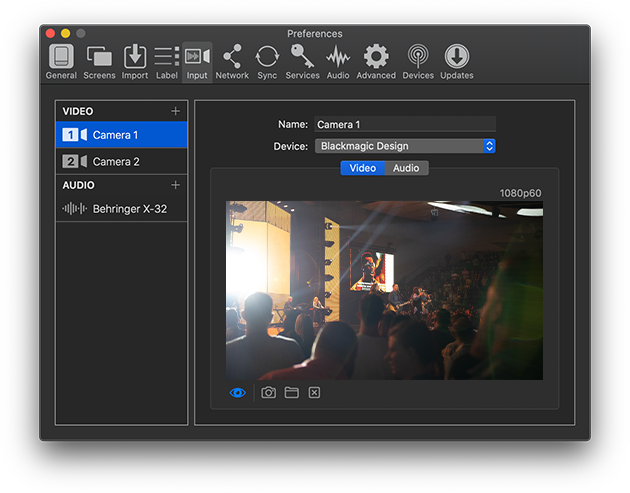

For NDI, you are only making one connection and the receiving software processes the data and knows what to display. With an alpha key, you are providing a key and fill signal to your switcher.

The difference with those types of keys and an alpha key is that they generally use a single video input and just remove a color. A true luminance key is usually only available on high-end switchers. You can do a chroma key with any solid color. Most switchers can also remove black and will call it a luminance (or luma) key, but it's actually just a chroma key, but using black instead of green. If you're familiar with seeing green screens get replaced with content, then you understand the concept of chroma keying. The other two methods are chroma keying and luminance keying.

With the release of ProPresenter 7, we no longer have add-on modules that cost extra.


 0 kommentar(er)
0 kommentar(er)
